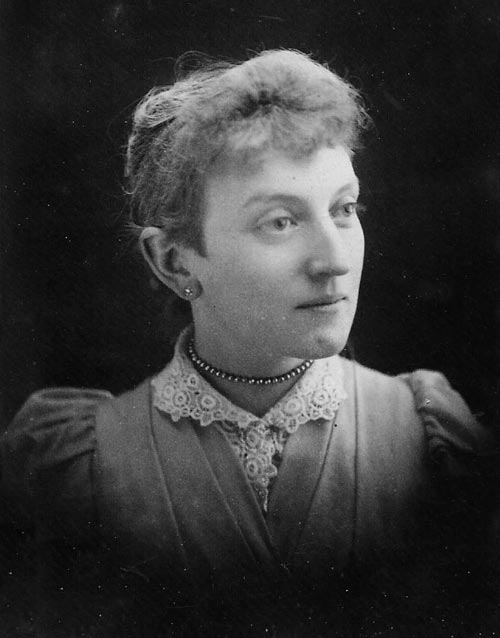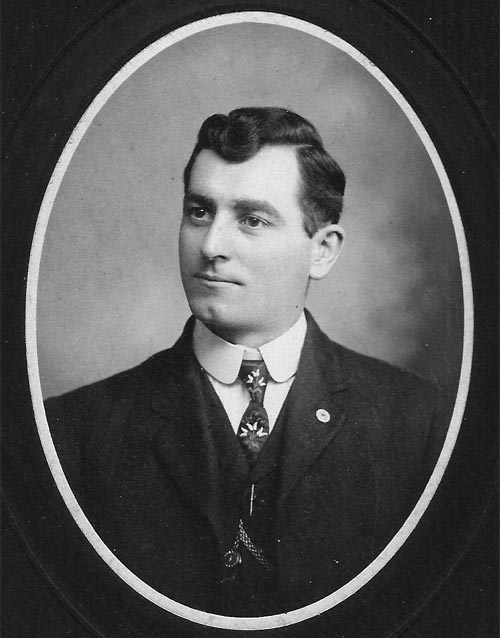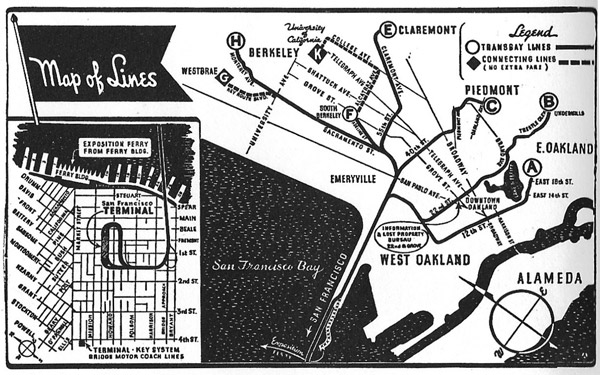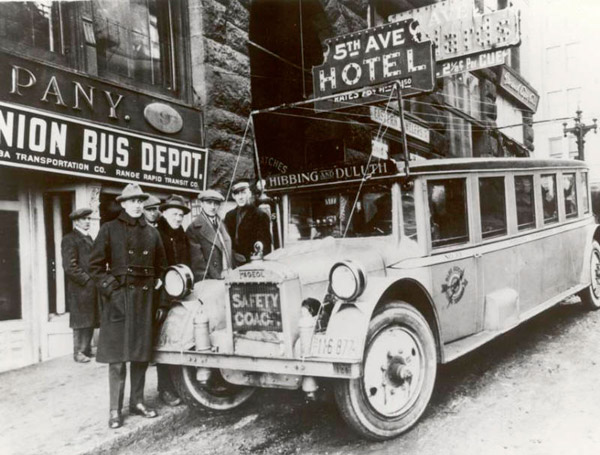

A skull unearthed on the eastern shore of San Francisco Bay, and a manuscript found in a recluse’s Oakland home, frame this novel about a streetcar empire that flourished in the Bay Area in the first half of the twentieth century. These two discoveries reveal, in the end, how both the man and the enterprise met their intertwined fates. Fortunes and partnerships grew, in business and in families, as cities grew along their rails. But crashes—both fatal and financial—undermined the system. And lives and fortunes declined, under a conspiracy of rivals that turned tracks into roadways, and forced cities to convert from rails to rubber.




Dead in his Tracks presents the rise and fall of the King Route through the lives of the people who made it run. For half a century, the car and ferry network linked everyone together—working men and women, entertainers, suppliers, capitalists and socialists, rich and poor—and shaped the cities of the Bay Area. But all the while, almost unnoticed, a local bus company was expanding its reach, threatening the hegemony of streetcars. And at the denouement, the verdict in a nationwide anti-trust trial wiped out everything that car lines like the King Route had built, and changed the face of urban America.
All this is told from the perspective of 1967, as an urban planner finds himself caught between the ideal he’d envisioned, and the reality on the ground, with the future of transportation in the Bay Area at stake.







Who killed the streetcars? Why do so few American cities have them? Most people don’t know or care, even though streetcars could have alleviated many urban problems, like sprawl and rush-hour congestion. Some people have heard something about a conspiracy involving the big oil companies; and a few people know that a bus company played a key role.
The truth has been “out there” for years, in magazine articles and books written for streetcar buffs. But until now, there has never been a full-length book for everyday readers that tells what really happened, and does so through the eyes of men and women who built -- and ultimately decimated -- the streetcar networks of American cities.
Dead In His Tracks: A Romance of the Rails is a novel, constructed from research and interviews—a fiction that brings history to life in the most exciting way.

Dead In His Tracks: A Romance of the Rails
is available through Amazon or PayPal.
To check out with PayPal,
please select your desired format below.
A link to your ebook will be emailed to you within 2 business days.